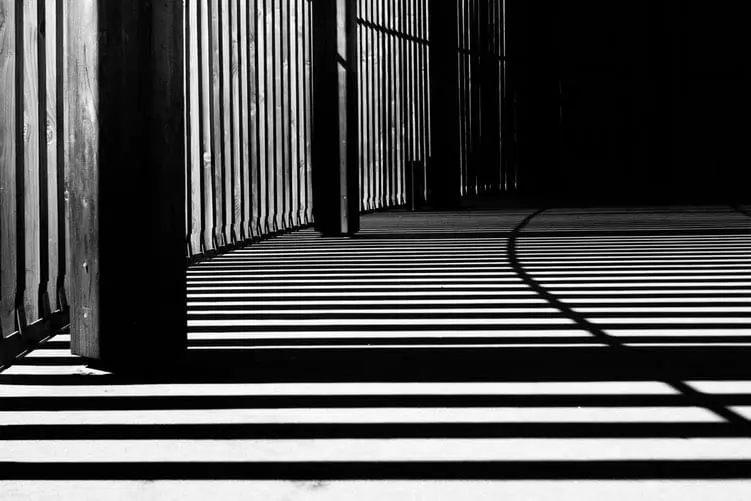
Robert Draws – The impact of light and shadow in artistic expression is immense. Artists use light and shadow to create depth, form, and mood in their work. These elements are key to enhancing the realism and emotional power of a piece. Light and shadow transform a simple drawing into something dynamic and engaging. This article explores how these two elements influence art and the ways artists use them to bring their visions to life.
Light is one of the most important tools an artist can use. It helps define the shape and structure of an object. By placing light in certain areas, an artist can emphasize specific parts of the subject. For instance, the light on a person’s face can draw attention to their expression, while shadows help define the contours of their features.
The direction of light is equally important. Light coming from above or the side will create different shadows. This can change the appearance of the object and its surrounding environment. In realistic art, proper lighting is essential to make the subject appear three-dimensional. In contrast, artists working in abstract forms use light to evoke emotions or to create a specific atmosphere.
“Read more: Contemporary Art or Comedy? The Absurdity of Today’s Paintings”
Shadows are not simply areas of darkness; they have a critical role in defining the structure of an object. Without shadows, an image can appear flat and lifeless. Shadows create depth and give objects a sense of volume. They allow the viewer to understand the three-dimensionality of the subject, making it feel real and tangible.
Artists use shadows to highlight the contrast between light and dark, which adds interest and drama to their work. The size, angle, and darkness of a shadow can indicate the time of day, the weather, or even the mood of the scene. For example, a long shadow can suggest the evening, while harsh, short shadows may evoke midday sunlight.
Light and shadow also have a significant impact on the mood of a drawing. Soft, diffused light creates a calm, serene atmosphere, while harsh, high-contrast lighting can generate tension and drama. Artists often manipulate lighting to influence how the viewer feels when they look at the artwork.
For instance, in portraiture, a soft light can give a subject a gentle and peaceful appearance, whereas harsh lighting with deep shadows may make the subject seem more mysterious or intense. In landscape art, lighting can set the tone of the environment—whether it’s the bright, cheerful light of a summer day or the eerie, dim light of a foggy evening.
The use of light and shadow varies greatly across different art styles. In classical realism, artists pay close attention to the precise placement of light and shadow. The goal is to replicate the way light interacts with objects in real life. This style uses shadows to define the contours and textures of surfaces, making them appear as realistic as possible.
In contrast, modern and abstract artists may take a more experimental approach to light and shadow. They may manipulate shadows and light sources for expressive purposes rather than accuracy. Shadows might be exaggerated or distorted to create an emotional response. The play of light and shadow in these styles can serve to convey a sense of movement, tension, or even fantasy.
“Read more: Fighting Human Trafficking Together: How Public Involvement Can Make a Difference”
In addition to adding depth and mood, light and shadow are powerful tools for composition. They guide the viewer’s eye to the most important parts of the artwork. For example, light can be focused on a central figure or element to draw attention. Conversely, shadows can be used to create a sense of mystery or direct the viewer’s focus to a hidden detail.
In many cases, artists will use the contrast between light and dark to create a sense of balance in the composition. The distribution of light and shadow across the canvas can lead to a harmonious, well-composed artwork, where every part of the image plays a role in the overall effect.
The impact of light and shadow in artistic expression is undeniably profound. They are not only essential for creating realistic depictions of the world but also for expressing emotions, creating atmosphere, and adding depth to a composition. Whether in traditional or modern art, light and shadow remain central to an artist’s toolkit, helping them craft powerful, engaging works that captivate and inspire.